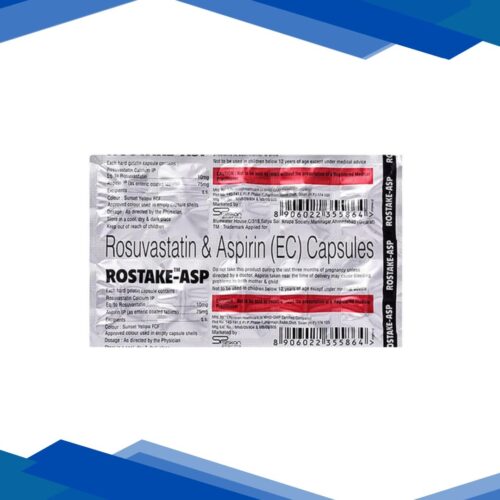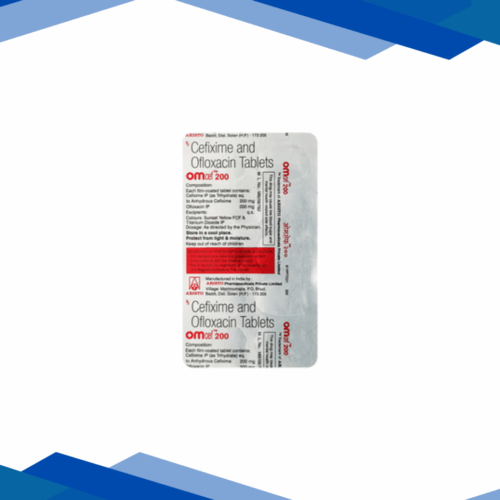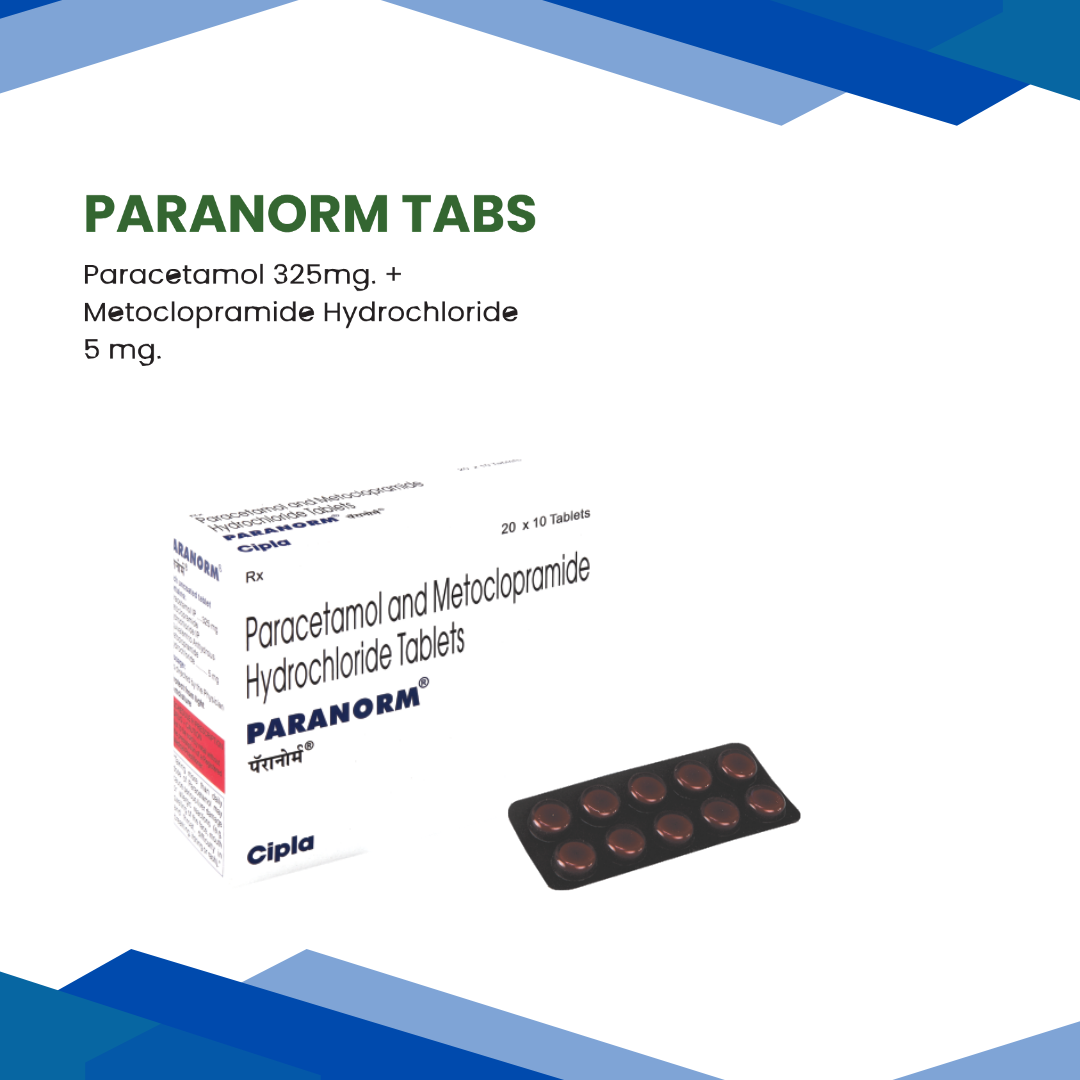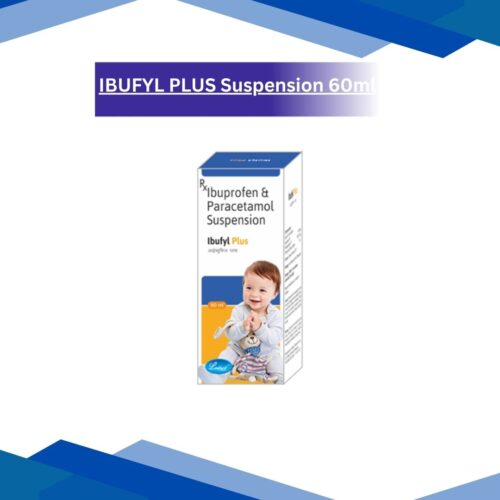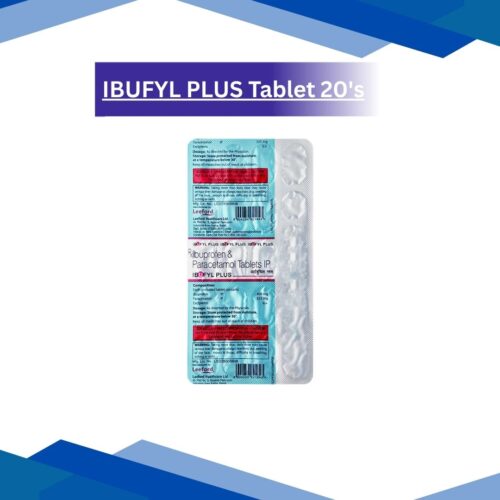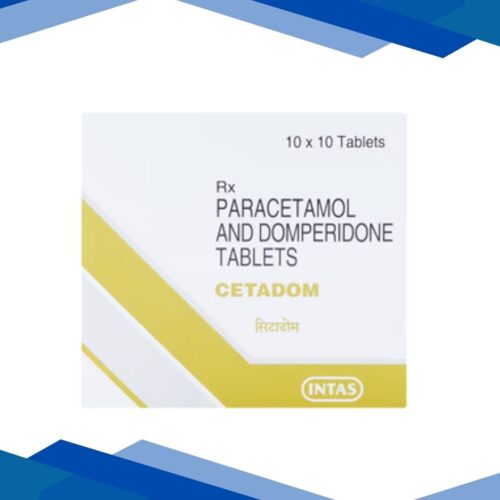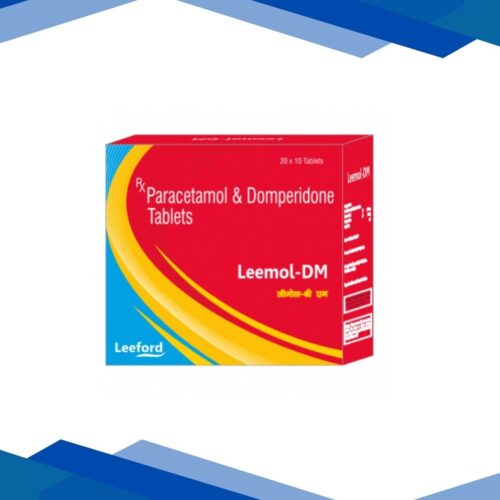ROSTAKE ASP Capsule 10’s
Paranorm
No Prescription yet? Don’t worry! Click Here to Get Online Consultation
Why Prescription is Required?
✅ Providing Right Medicines
Prescriptions are complex documents. We proofread and recheck at various steps to provide you the right medication in the correct form and dose.
⚖️ Helps Comply with the Law
Most medicines cannot be sold without a valid prescription, as per the Drugs and Cosmetics Act, 1940 and Rules, 1945.
Book Appointment with Doctor
Paranorm Tablets is a combination of Metoclopramide and Paracetamol which belong to the groups of medicines called Antiemetics and Analgesics respectively. It is used to manage pain, nausea and vomiting associated with migraine attacks.
Metoclopramide
METOCLOPRAMIDE
Overview
Metoclopramide belongs to a group of medications called prokinetic agents. These drugs help improve the movement of food through the stomach and intestines. It also acts as a dopamine antagonist, which means it affects certain brain chemicals involved in nausea and digestion.
Classification
Antiemetics
Uses
Metoclopramide is commonly prescribed to:
Relieve nausea and vomiting, including those caused by chemotherapy, surgery, or migraines
Treat gastroparesis (a condition where the stomach empties too slowly), especially in people with diabetes
Help with acid reflux or heartburn when other treatments aren’t effective
Support certain medical procedures by helping the stomach empty more quickly
How It Works
Metoclopramide works by increasing the movements or contractions of the stomach muscles, helping food pass more smoothly into the intestines. It also blocks dopamine receptors in the brain that can trigger nausea, making it effective in reducing feelings of queasiness and vomiting.
Dosage
As prescribed by your doctor.
Side effects
While many people take metoclopramide without serious issues, some may experience:
Drowsiness or fatigue
Restlessness or agitation
Diarrhea or stomach cramps
Muscle stiffness or involuntary movements (especially with long-term use)
Depression or mood changes
In rare cases, it may cause a serious movement disorder called tardive dyskinesia, which involves uncontrollable facial or body movements, especially with extended use.
Precautions
Before starting metoclopramide, it’s important to:
Tell your doctor if you’re allergic to it or any of its ingredients
Inform them about any other medications, supplements, or herbal products you’re using, as interactions may occur
Avoid it if you’ve had intestinal blockages, bleeding, seizures, or certain tumors (like pheochromocytoma)
Use with caution if you have Parkinson’s disease, high blood pressure, depression, asthma, or heart, liver, or kidney conditions
Discuss if you’re pregnant, planning pregnancy, or breastfeeding
Know that older adults may be more sensitive to its side effects and should only use it when absolutely necessary
Avoid alcohol, as it can intensify side effects like drowsiness
Be careful when driving or operating machinery, especially until you know how the drug affects you
Always let your doctor or dentist know you’re taking it before any procedure
Disclaimer
This content is for informational purposes only. Always consult a healthcare provider for medical advice and proper dosage
Paracetamol
PARACETAMOL
Overview
Paracetamol is a commonly used medication that helps relieve mild to moderate pain and reduce fever. It’s often used for:
Headaches
Toothaches
Muscle and back pain
Menstrual cramps
Cold and flu symptoms
It’s available over-the-counter and is considered safe when used as directed.
Classification
Analgesic and antipyretic agent
Uses
Paracetamol is used for pain relief and fever. It is used to relieve pain in conditions like headache, muscle pain, or dental pain.
How it works
When you produce a fever, your body’s internal thermostat — found in the hypothalamus portion of the brain — is raised to a higher temperature. This new set point is usually induced by pyrogens (substances made during infections) that tell the body to produce more heat as a form of immune defense.
Due to its effects in the brain, paracetamol reduces the production of reactive prostaglandins. Prostaglandins are disease-fighting chemicals released during infection that in turn, raise the body’s temperature set point. By decreasing prostaglandin levels, paracetamol enables the hypothalamus’ temperature control centre to bring the body’s temperature back down to normal, allowing the body to cool down and the fever to subside
Dosage
As directed by the physician
Precautions
Most people can take paracetamol safely, including:
pregnant women
breastfeeding women
children over 2 months of age – lower doses are recommended for young children
always get advice before taking paracetamol if you:
have liver or kidney problems
have problems with alcohol, like long-term alcohol misuse
are very underweight
are taking other medications
Don’t take paracetamol if you’ve had an allergic reaction to it in the past
Side effects
common side effects of paracetamol.
Nausea
Swelling
Vomiting
Pain
Tenderness in the upper abdomen
Sweating
Loss of appetite
Stomach cramps
Diarrhea
Major side effects are as follows:
Dark-colored urine
High fever
Lower backache
Skin having red spots
Rashes
Inflammation
Itching
Sore throat
Ulcers
Breathlessness
Yellowish eyes
Disclaimer
This content is for informational purposes only. Always consult a healthcare provider for medical advice and proper dosage.



